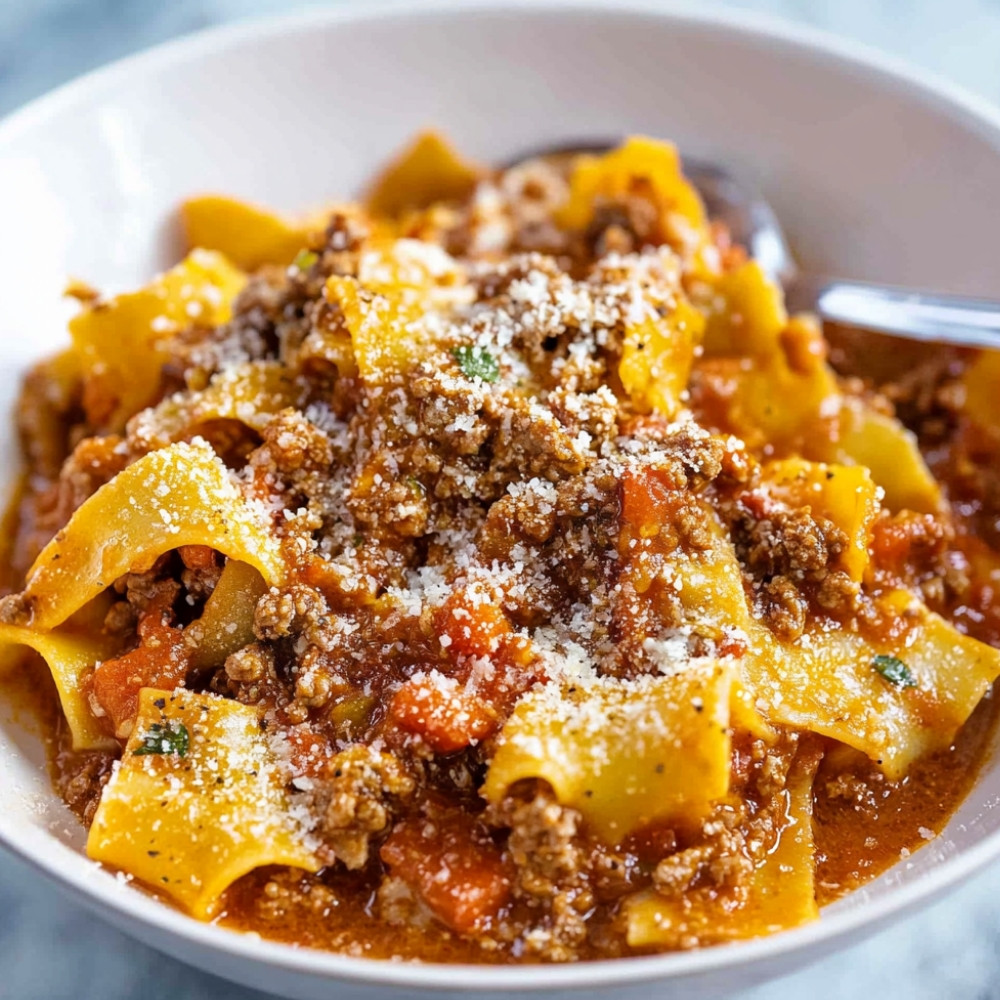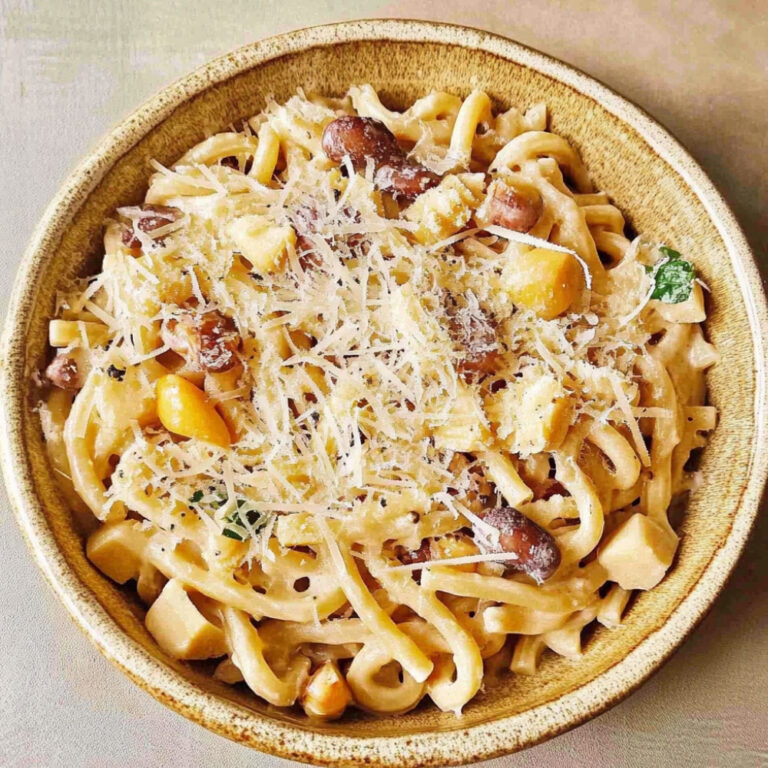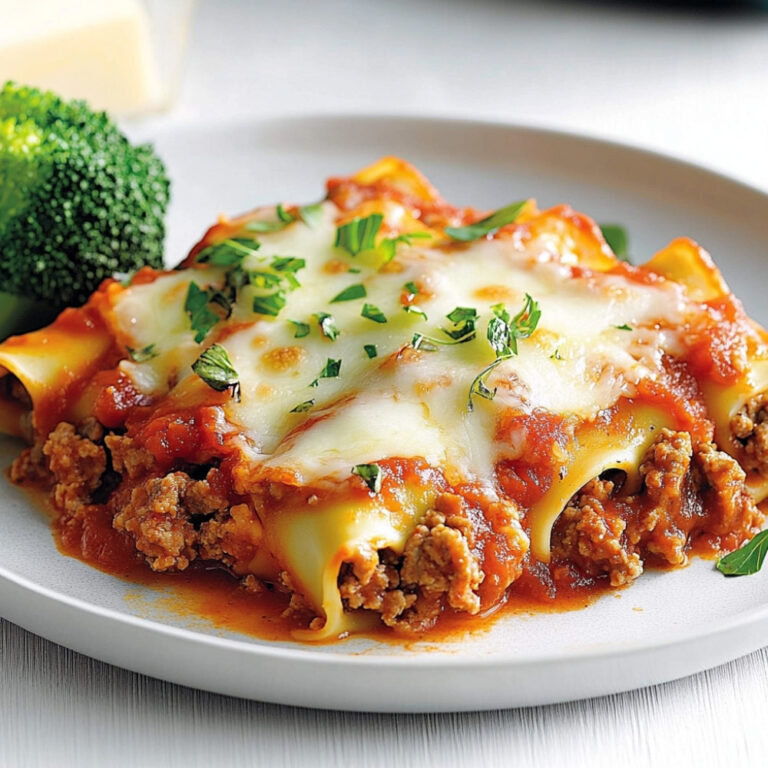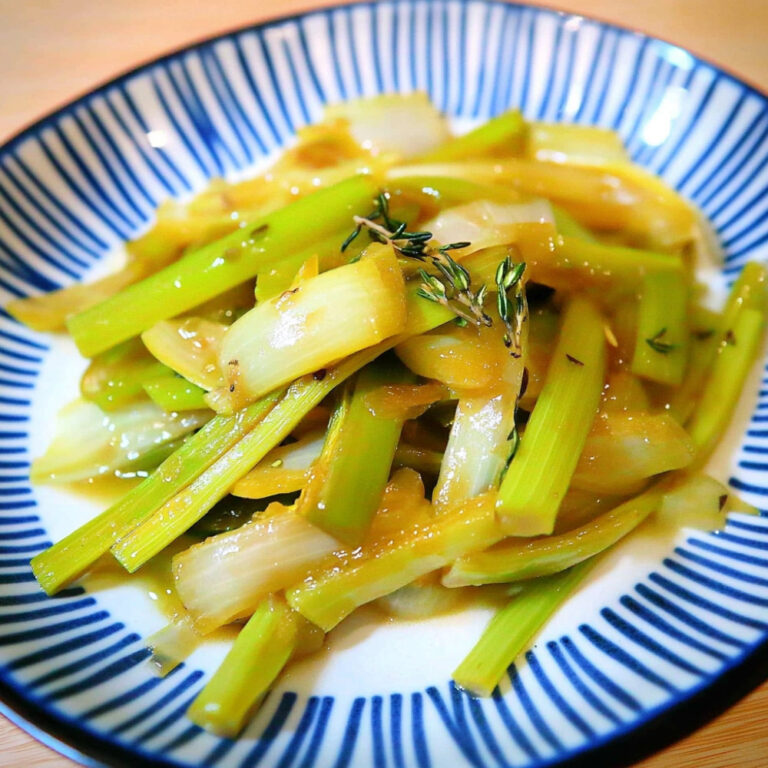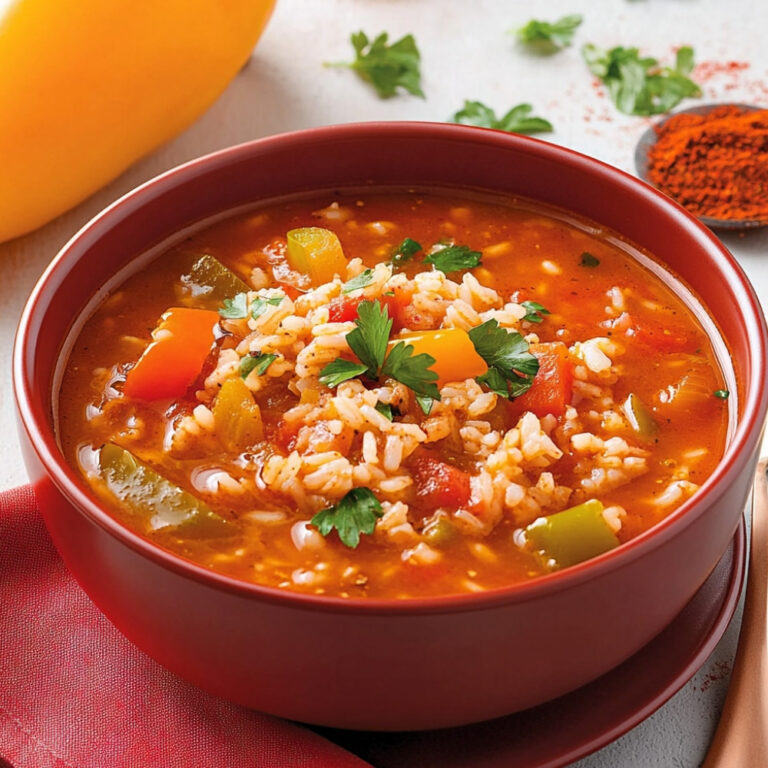Savory Bolognese Sauce that Elevates Any Pasta Dish
So, you know that moment when you taste something and it’s like, just the best? That’s Bolognese sauce for me. I mean, it’s so rich and savory, every bite is like a warm hug on a chilly evening. You’ve got the blend of ground meat, tomatoes, and a hint of wine slowly simmering away, just filling your kitchen with those irresistible, cozy smells. Honestly, once you whip this up, you’ll wonder why you ever settled for store-bought sauces—seriously. This dish has it all; it’s perfect for family gatherings or, let’s be real, any night of the week when you need comfort food.
Why You’ll Crave It
- It’s a simple recipe but packs a flavor punch that keeps you coming back for more.
- The way it fills your home with nostalgia and warmth… it’s just magical.
- Perfect for feeding a crowd or just indulging yourself—no judgment here!
- You can make it a day ahead; the flavors get even better, like a fine wine or something.
- It’s oh-so-versatile! Toss it with pasta, layer it in lasagna, or even pile it on toast—yes, please!
The first time I made this, my kitchen felt like a cozy Italian bistro… I think my neighbors were jealous!
What You’ll Need
- Olive oil: 2 tablespoons, just enough to get that sauté going
- Onion: 1 medium, finely chopped—adds that sweet depth
- Carrot: 1 medium, finely chopped—brings in a bit of earthiness
- Celery: 1 stalk, finely chopped—ah, the magic of the mirepoix
- Garlic: 2 cloves, minced—because, well, garlic makes everything better!
- Ground beef: 1 pound—classic choice for that hearty bite
- Ground pork: 1 pound—it’s great for extra flavor and tenderness
- Tomato paste: 2 tablespoons—this will deepen that tomato goodness
- Canned tomatoes: 28 ounces, crushed—hello, richness!
- Red wine: 1 cup—you’ll enjoy a splash and so will your sauce
- Milk: 1 cup—to smooth out the sauce and mellow the acidity
- Salt: to taste, because seasoning is key
- Black pepper: to taste, gives it that little zing
- Fresh basil: for garnish—yay for color and fresh flavor!
- Parmesan cheese: for serving—because everything’s better with cheese!
Easy How-To
Getting Started
First things first, gather everything, right? We don’t want any running around the kitchen once you start cooking—trust me! In a large skillet over medium heat, splash in that olive oil and once it’s warm, add your ground meats. Oh, and don’t forget to break it up as it cooks… you want nice, small pieces. Cook it until it’s browned, which should take about 10 minutes or so. If you notice too much fat collecting, just drain a bit to keep it from being greasy.
The Aromatics
Now, toss in your chopped onion, carrot, and celery. Sauté those babies for about, hmm, 5 to 7 minutes? You want them soft and fragrant—don’t rush this part! It’s all about building those layers of flavor. Then, toss in your minced garlic and the tomato paste too. I usually cook that for a quick couple of minutes, stirring often, just to avoid any burnt bits.
Adding Liquid Gold
Here comes the fun part—pour in that cup of red wine. Ah, and don’t forget to give it a good stir! Let it simmer away for a few minutes until it’s reduced by half… you’ll see it start to thicken a bit, and oh, the smell. Just heavenly. After that, add your canned tomatoes along with any herbs you’re using. Stir it all together… it’s looking beautiful already, isn’t it?
Simmering Symphony
Bring the heat down low and let it simmer for at least 30 minutes… if you can resist, waiting an hour or two makes it even better! Just stir it occasionally so it doesn’t stick to the bottom. And before you serve, oh, don’t forget to taste it and adjust the salt and pepper—trust me, a sprinkle here and there can make a world of difference.
Good to Know
- If you’re feeling fancy, try using a mix of meats like veal or even lamb for something a little different.
- This sauce freezes beautifully, so if you make a big batch, go ahead, stash some away for a rainy day.
- Add a pinch of nutmeg for that extra layer of warmth… it’s a secret ingredient that elevates the sauce.
Serving Ideas
- Serve it over al dente spaghetti or tagliatelle, a sprinkle of Parmesan, and maybe some fresh basil for a pop of color.
Top Tricks
- Letting the sauce sit overnight in the fridge? Trust me, it makes the flavors sing!
Frequently Asked Questions
Can I make this sauce in advance?
Absolutely! In fact, making it a day ahead enhances all the flavors… it’s just like fine wine. Just store it in the fridge and reheat it gently when you’re ready.
What pasta should I use?
Traditionally, tagliatelle is a winner, but seriously, you can use whatever pasta you have on hand… it’s all good!
Can I skip the wine?
For sure, if that’s not your thing. Try some broth or just add a splash of vinegar for a bit of acidity instead.
How long does it last in the fridge?
This sauce will happily stay fresh in the fridge for about 4 days, or you can freeze it for longer—up to about three months!
What can I do with leftovers?
Oh wow, the possibilities! Stuff some peppers with it, layer it in a lasagna, or just have it on a slice of crusty bread. So many options!

